Written by: Oscar Wegner
__________
***World-renowned coach, author and educator, and a tour player in the 1960s, Oscar Wegner created Modern Tennis Methodology to contribute to the advancement and popularity of tennis worldwide. He modeled the strokes after the best examples of all time, encouraging applying the techniques in a simple, natural, and idiosyncratic way. Oscar is widely acclaimed for his critical impact to the sport of tennis in countries like Spain, Russia, and all of South America. In the past two decades China and Eastern Europe have converted to his coaching techniques. Over the past 40 years Oscar has played an instrumental role in educating and inspiring tens of thousands of tennis coaches and players at all levels, corroborating their success with thousands of testimonials, letters and e-mails. To learn more, visit www.tennisteacher.com***
__________
Pro tennis: from hard to clay, to slippery grass, and then hard courts again.
Never mind the challenge of changing surfaces. Altitude, as Madrid’s 2100 ft, Europe’s highest capital, rain, wind and then more: a changing ball.
The French Open has just unveiled the Babolat ball, lighter, faster, higher bouncing, and according to players, favoring the harder servers and the riskier ones. Other championships had compromised on the Dunlop ball so as to provide at least one consistency. The French went on a league of their own.
Kudos to the French Federation for changing to a faster ball and solving the trying slowness of the red clay surface? Not quite. I would venture that for a “Major” players deserve more preparation time.
A performance-compromising factor is that uncharacteristically rainless conditions have prevailed in Paris prior to this year’s tournament, making the courts drier, the ball bounce faster and higher than usual, adding difficulty to the task.
Top players know how to adjust their game to any condition, except that a modification in ball weight is a major concern. It changes a combination of characteristics. It primarily affects feel, perhaps the most treasured skill, acquired mainly through practice and a keen focus on the ball.
Not only ball speed and bounce is affected, but the contact time with the ball as well. Length of contact is quantity of feel itself. The longer the contact, as in a caress, the greater the amount of feel.
Rafael Nadal’s mastery of clay and a dreamed of record-tying, 6-time perfect fortnight at the French may be compromised. Carrying the burden of a string of losses to Novak Djokovic, Nadal is more nervous than ever, more vulnerable to free-hitting opponents who treasure a chance to beat him, and who have nothing to lose.
Nadal is obviously not thriving under this challenge with Novak Djokovic breathing down his neck for chance at being ranked number one.
Andy Murray’s defensive game could also be rattled by the new ball. I believe Roger Federer could master this change. He has the wherewithal for this challenge, he likes the fast ball and relishes shorter points.
The big question is: will Djoko adjust to the Babolat ball as well as he made the transition from Austalia’s hardcourts to those in America, onto clay in Madrid’s high altitude and the drop to near-sea level in Rome?
Juan Martin del Potro, his next opponent, may provide too high a hurdle for this 2011 undefeated champion to overcome. The Argentine seems ready. Will Djoko pass the test?

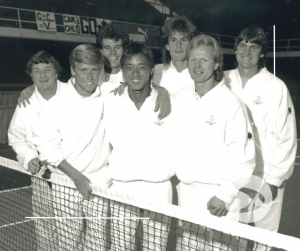
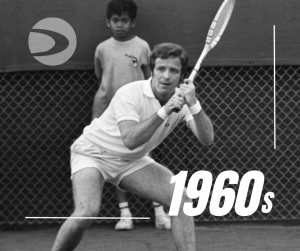
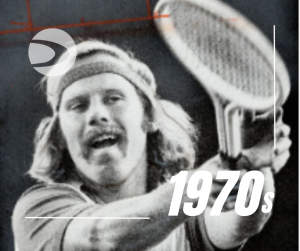
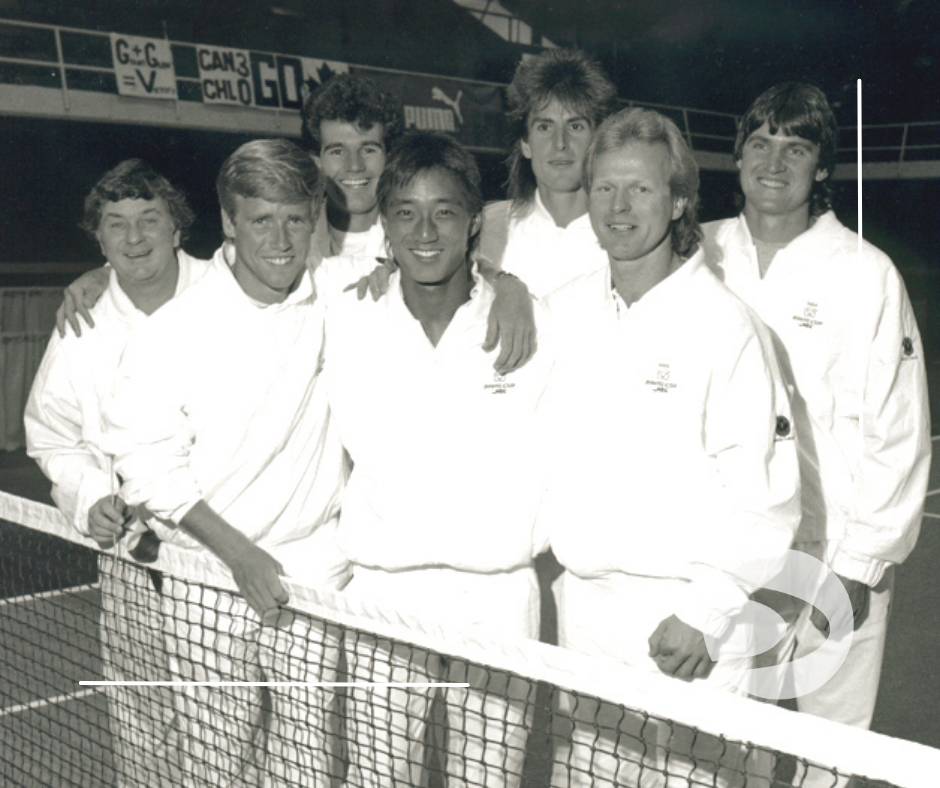
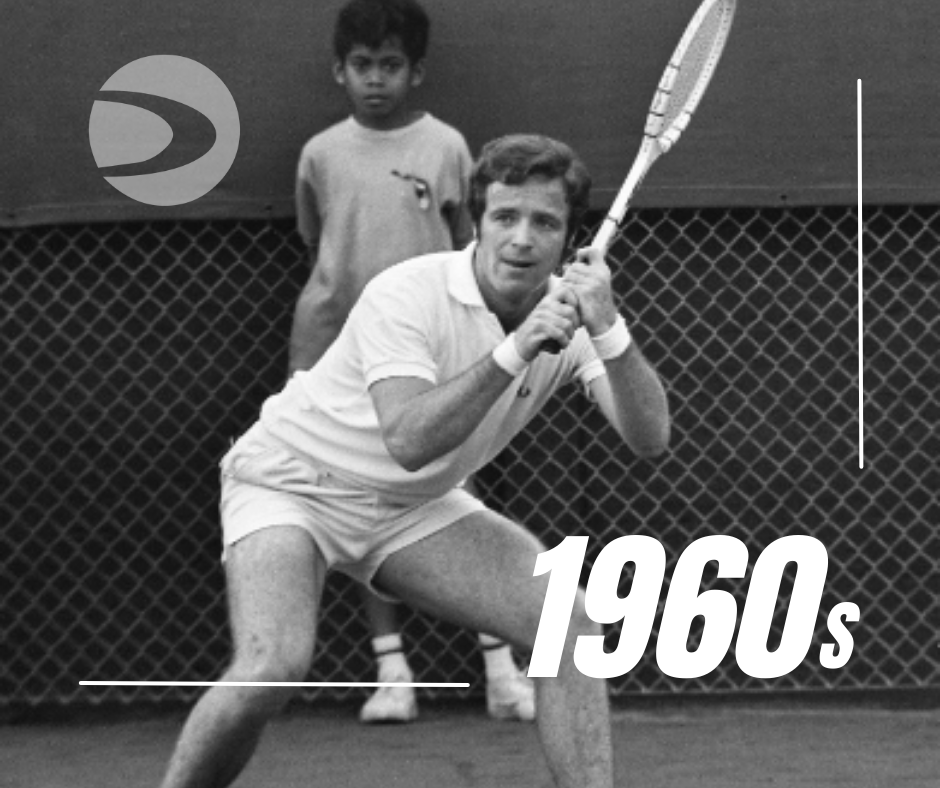
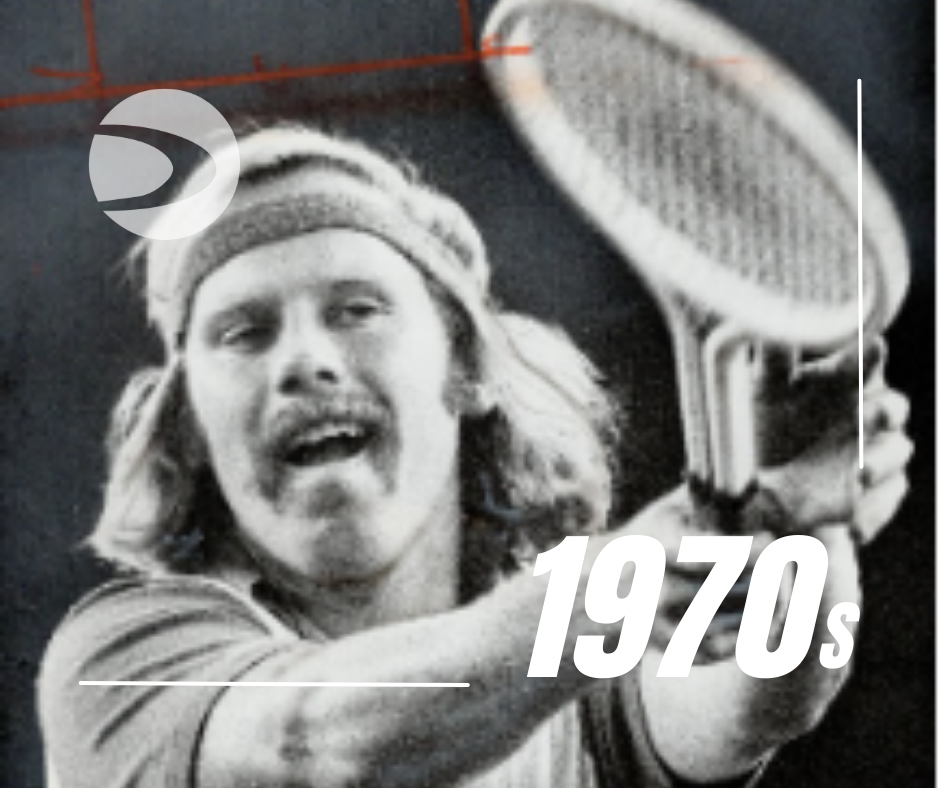
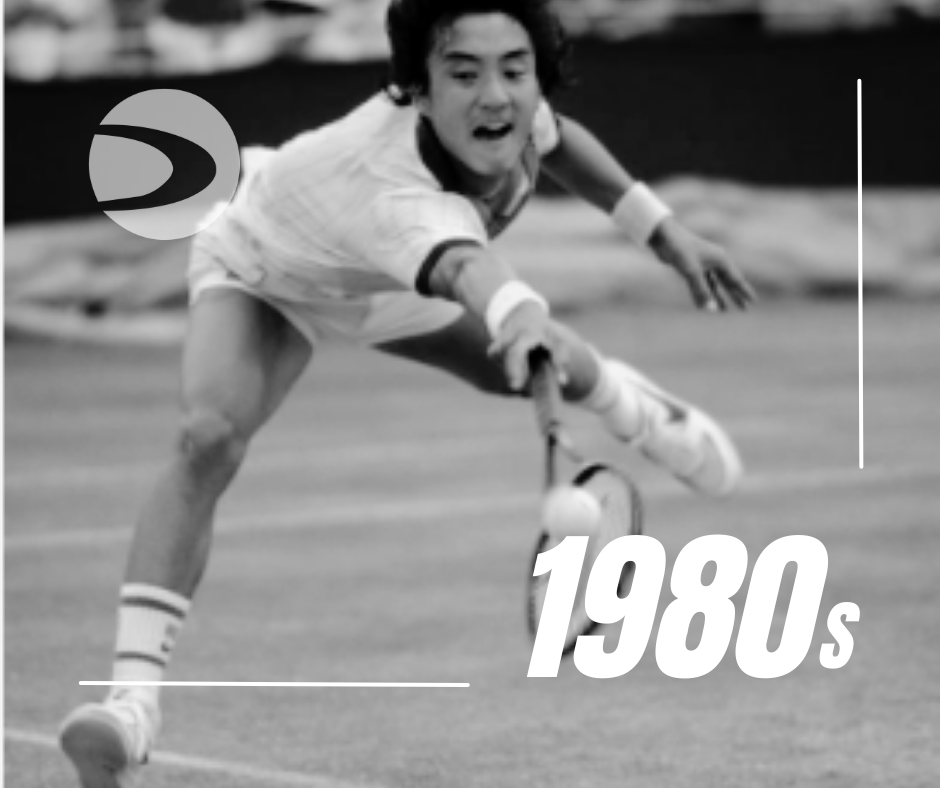
One Response
I truly appreciate your piece of work, Excellent post.